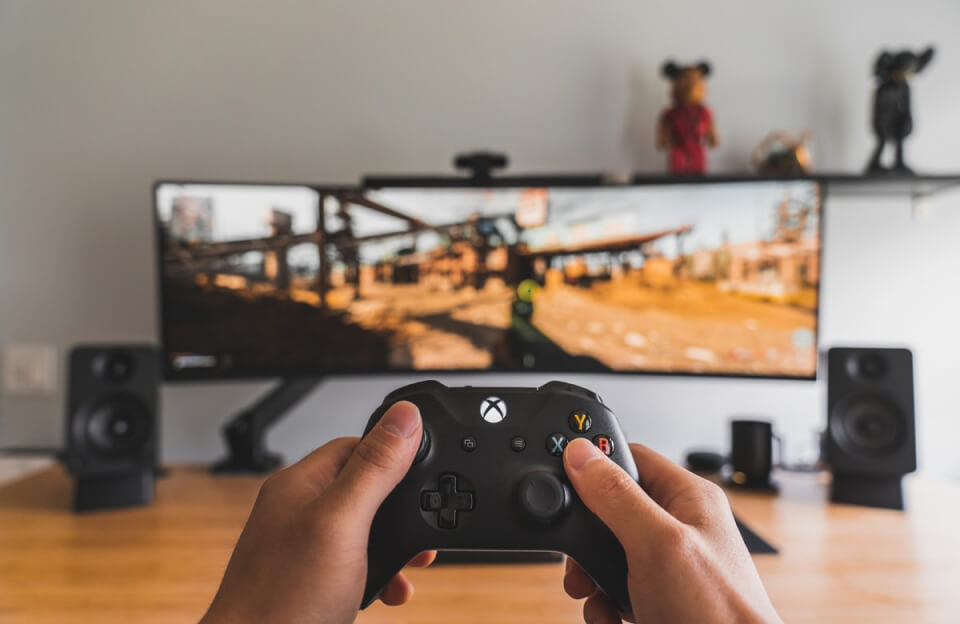Balancing Privacy and Personality on Live Platforms
Going live is raw, real, and powerful—but it also comes with risk. In 2025, creators are expected to be open, relatable, and “always on.” But how much is too much? As livestreaming becomes a daily habit for creators, the line between personal and public can quickly blur. Here’s how successful streamers are protecting their boundaries without losing their connection.
How Creators Can Stay Authentic Without Oversharing in 2025
Authenticity Is Currency—But So Is Privacy
Audiences today crave transparency. They want creators who feel “real”—not overly polished or scripted. Livestreaming offers the ultimate authenticity, but it also invites exposure. Real-time content means there are no filters, no edits—and often, no second chances.
That’s why creators need to define their personal privacy policies before they hit “Go Live.” Knowing what’s off-limits helps you stay in control while still delivering genuine content.
What to Share (And What to Keep to Yourself)
There’s a difference between being vulnerable and being exposed. Here’s how top creators draw the line:
- ✅ Share: your opinions, your journey, creative process, thoughts on industry trends
- 🚫 Protect: your location, family details, financial info, emotional triggers
Instead of saying “I had a fight with my partner,” try “Today’s been rough, so I’m channeling that into my art.” Be real—without being raw.
Set Boundaries Before You Go Live
Before you open the camera, know your limits. Ask yourself:
- 📍 Will I livestream from home? Can I blur my background?
- 💬 Will I respond to personal questions in chat?
- 👥 Do I have a mod or trusted viewer to help flag inappropriate comments?
Tools like TikTok LIVE, Twitch, and YouTube allow for moderation settings—use them. Block keywords, activate slow mode, or set up approved mod lists to filter negativity before it hits.
The Persona Is a Performance (And That’s Okay)
Being a creator doesn’t mean you owe everything. Many successful streamers create a character version of themselves—an amplified persona that lets them perform, protect their personal life, and still connect deeply with fans.
You can be 100% yourself without being 100% available. Viewers will respect your boundaries—if you respect them first.
Watch for Red Flags
Burnout, anxiety, and oversharing are all signs that your content boundaries may be slipping. Watch for:
- 😰 Regret after ending a livestream
- 📉 Feeling emotionally drained after sessions
- 👀 Feeling “watched” even off camera
If you notice these signs, scale back. Take breaks. Re-center your purpose and revisit your privacy plan.
The Bottom Line
In 2025, the most powerful creators are the ones who set the tone for their spaces. Livestreaming doesn’t mean you have to give up your privacy—it just means you need a plan. Set boundaries. Stick to them. And remember: the most magnetic personalities are the ones who protect their peace first.
What’s your livestream boundary? Share your go-to privacy rule or tip—we might feature it in our next article!


